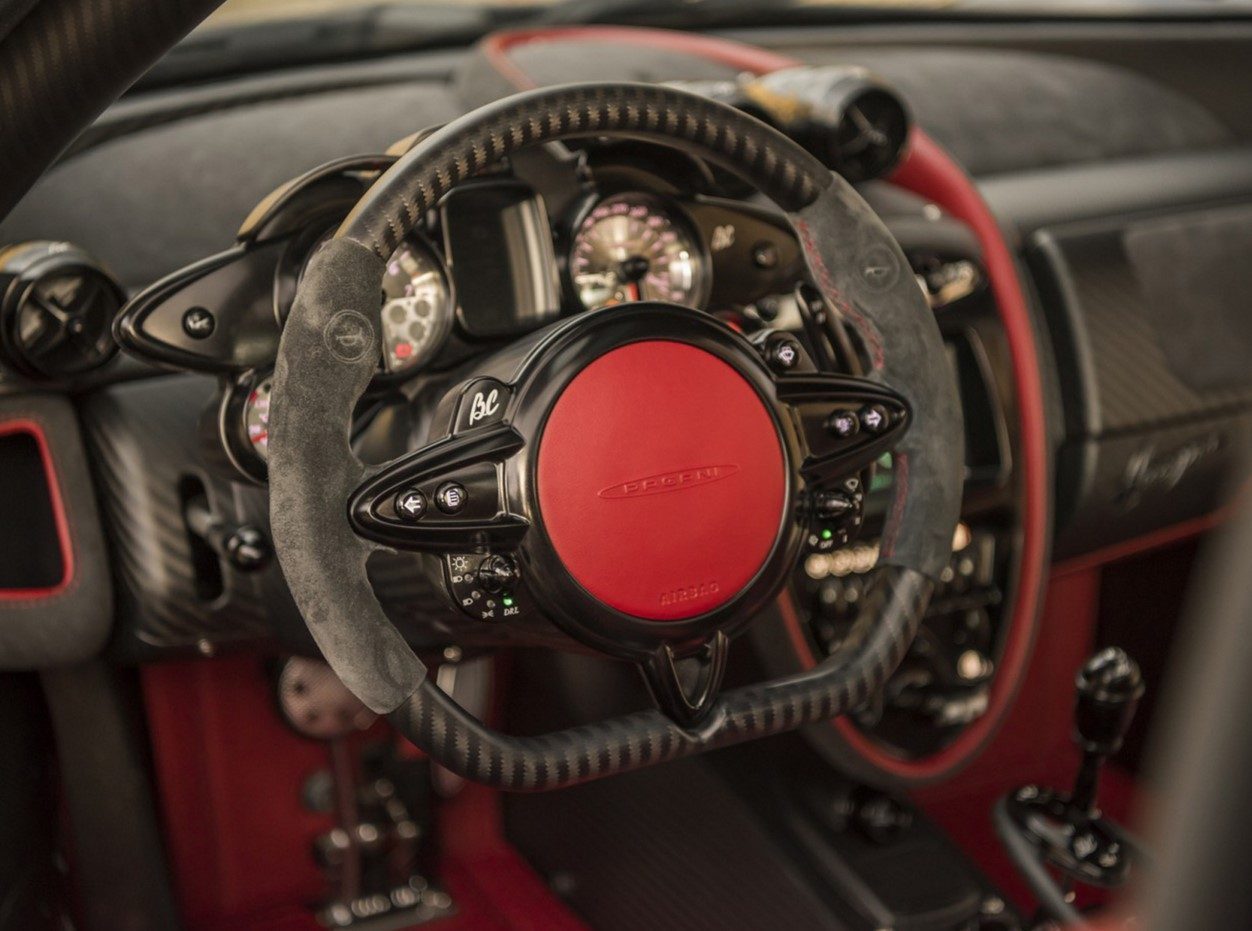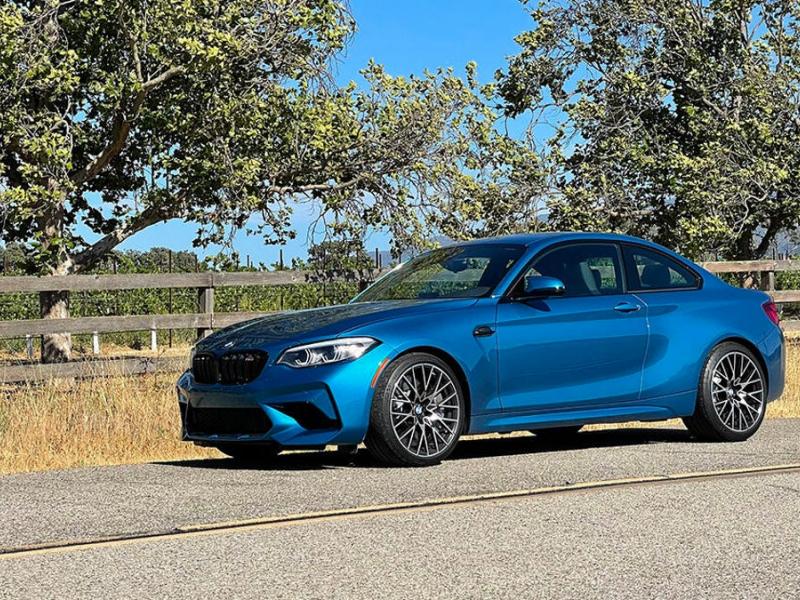How Do They Make Steering Wheels?
Unless you’re the proud owner of an extremely vintage vehicle with a tiller or the prototype Saab that used a joystick for steering input, you rely on the trusty guidance mechanism known as the steering wheel when you’re operating your vehicle. Self-driving cars might be around the corner, but until they’re better developed, the world is still counting on your hands at ten and two.

Steering wheels might seem simple at first, but they vary a great deal in design. They incorporate the stylistic elements of a car, include important components like airbags and cruise control buttons and come in various shapes and sizes. What’s it like to actually fabricate one of these ubiquitous padding-wrapped rings? Well, there’s a lot to it, actually.
Getting Down to Bare Metal
All steering wheels are fabricated around a metal armature, which is the support structure for the rest of the wheel. Armatures are typically cast using aluminum or magnesium. In this Science Channel video, you can see the freshly cast armature of a new steering wheel pulled from molten metal and then placed under an air jet to cool before the wheel can continue its construction.
After the basic armature is cooled, it receives a trim to remove excess material. Next, important sub-assemblies, such as the mounting bracket for your car’s horn, are installed. Areas of the wheel that won’t require work to mount additional buttons or airbag components are covered in polyurethane foam using a technique called reaction injection molding. This helps the foam better adhere to the armature and allows for easy coloration of the foam components.
Switchgear and Finishers
With the basic wheel taking shape, the next step is to install plastic brackets and the switchgear they will hold. The plastic brackets are painted before being mounted to the wheel, along with a complete wiring harness that will connect the various wheel-mounted buttons to the car’s computer. Wiring connections are tested before final mounting to make sure they work.
This will match my kilt perfectly.
Horn and Airbag Assembly
Now that the wheel is nearly complete, it receives the well-known airbag safety mechanism. With the center of the wheel still hollow, technicians install springs that allow the airbag to move when you honk the horn. More wiring accompanies the springs, and a horn plate is installed to enclose all the mechanisms and complete the assembly, giving the wheel it’s finished look.
A back cover is added to the wheel next. Then, robots are often used to perform a final quality inspection, looking for correct placement of several barcodes the technicians apply throughout the fabrication process. If the wheel passes inspection, it is ready to be shuttled down the production line and mounted to the steering rack of a brand new vehicle.
Yay volume control!
You probably didn’t think there were so many steps involved in the creation of something as simple as your car’s steering wheel. It’s a great example of how remarkable the modern production line is — and the level of complexity our vehicles are reaching today.




